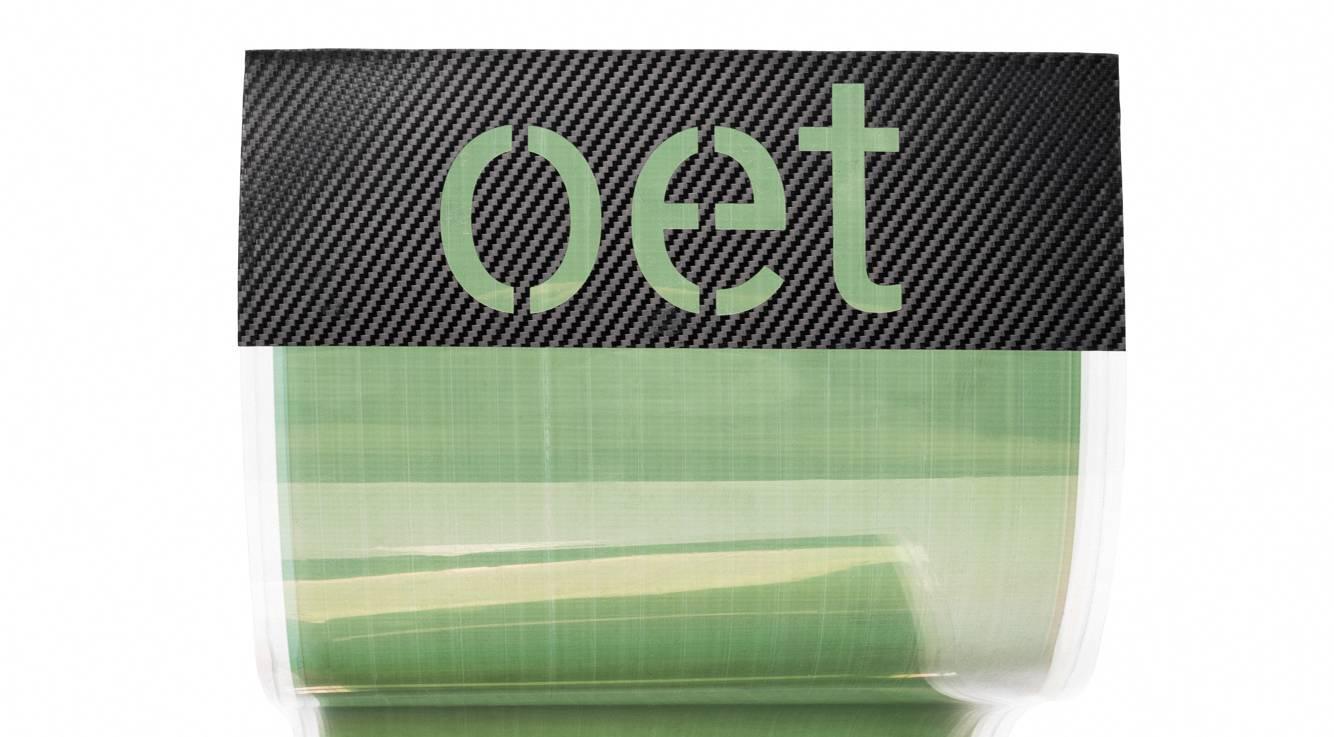At LOPEC 2024, the HOPE-A Business Association, the Greek company Organic Electronic Technologies (OET) and the COPE-Nano Centre of Excellence exhibited together to showcase their latest work. One highlight was the presentation of the Flex2Energy project. PRO Flextronics was on-site at the press event.
LOPEC 2024 took place from 5 to 7 March at the Messe Munich Exhibition Centre and brought together thousands of representatives of high-tech companies, scientists, representatives of institutions and policy makers from all over the world.
European flagship projects
The OET booth (B0.409) was co-hosted by the HOPE-A Association and the LTFN Nanotechnology Laboratory of the Aristotle University of Thessaloniki. 3rd generation photovoltaic applications were highlighted during the event, particularly the European flagship projects Flex2Energy and COPE-Nano, which respectively aim at creating an industrial production of organic electronics in Europe, and further innovation in these fields.
During LOPEC 2024, the President of OET and the HOPE-A Business Association, Prof Stergios Logothetidis, and the Vice President of Coatema, Thomas Kolbusch, invited partners, customers and press to their presentation of the European Flex2Energy project on 6 March.
3rd generation photovoltaic production plant
The Flex2Energy project sets a very ambitious and critical goal at European level: The mass production of 3rd generation photovoltaics, by establishing the world’s first automated production line for 3rd generation photovoltaics in Europe, with an annual production of 1,000,000 sqm per year. Furthermore, it is paving the way for the production of other opto-electronic devices, such as flexible Organic LEDs.
Its objectives also include the creation of tools for mass production of organic translucent PVs, both in the industrial and aesthetic fields, and in the manufacture of high performance durable printed products of integrated PVs at competitive prices, installed in buildings, greenhouses and electric car roofs.
The 3rd generation photovoltaics are slightly flexible and translucent. They can be placed anywhere inside and outside buildings and facilities, greenhouses and open crops, etc. They provide energy autonomy, are recyclable and can be transported or even incorporated into all the materials we use in our daily lives. The mass production of these products marks the evolution of a green industry, and a climate-neutral economy, which incorporates all the latest technological advances (automation, industry 4.0, AI, ML), and drastically reduces production costs.


